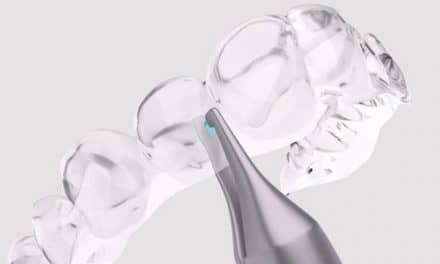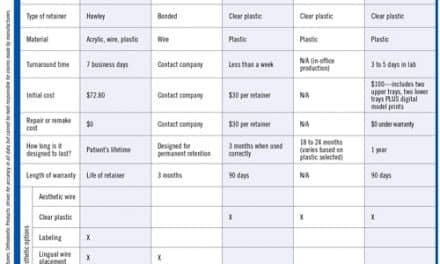
For the study, the researchers took samples from the mouths of peoplewithout retainers and those wearing either of the two most widely usedtypes. They were looking for microbes which are not normally found inthe oral cavity, with particular interest in Candida (a type of yeast) and Staphylococcus (including MRSA).
The team, led by Jonathan Pratten,PhD (pictured), found that species of these microorganisms were present on 66.7%and 50% of retainers, respectively, regardless of the retainer type.These microbes were also present on the interior cheeks and tongue ofretainer wearers.
Candida and Staphylococcus rarely cause problems inhealthy individuals, but are potentially highly problematic in peoplewith a compromised immune system. The bacteria on the retainers live inbiofilms, which are communities of bacteria living together covered in alayer of slime. Once these biofilms form, they are very difficult toremove and often have high levels of resistance to antimicrobials.
The researchers are now looking at developing effective methods ofcleaning, but they point out that hygiene is key to reducing thetransmission of these bugs. Anyone handling a retainer should wash hisor her hands before and after use. In addition, careful tooth brushingand mouthwash may help keep the retainer clean.










